As well as trying to make significant inroads in the field of wearable technology with Project Glass, Google has also demonstrated how it intends to shake-up the smartphone world with Project Ara. In case you happened to miss the previous coverage, the Project Ara team is currently working on the development of modular smartphones, consisting of a skeletal backbone that can be upgraded by means of interchangeable modules. The product, which will likely be intended for the lower-end markets to start with, could eventually challenge the modern day smartphone as we know it, and today, some new images have emerged of the development process in full flow.
Among shots of various modules being compiled, we also get a glimpse of the endoskeleton frame that will keep the entire device together. As you can see, the spaces for modules are designed in such a way so as to make it easy for a user to switch out different elements of a device’s hardware. As illustrated, in the image below, there are eight slots for modules at the rear, and a further two slots at the front will facilitate the display and button panel.
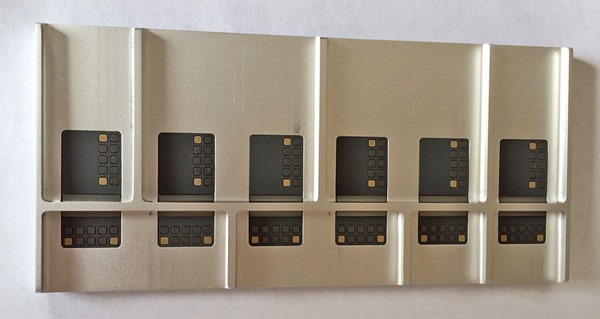
At present, smartphone users looking to upgrade their hardware must purchase an entirely new device, but with Ara, full-on hardware upgrades will not be necessary. Instead, consumers will be able to buy, say, a better camera, or more RAM, and in a similar, but simplified manner, upgrade their handset as they would a custom-built computer.
Project Ara lead Paul Eremenko foresees a completely open hardware ecosystem that could, in time, support third-party modules. Initially, it will be a Google-run show, but as development improves and modular smartphones become a prominent part of the mobile industry, Eremenko is open to the idea that the wider community will be able to extend and improve Project Ara.

Even though Project Glass has been a regular in the blogosphere during the course of the past year or so, Project Ara could well change the complexion of the smartphone industry for the better. Check out the images below of the current state of development, and also, the rather modest building from which much of this potentially game-changing progress is being made.
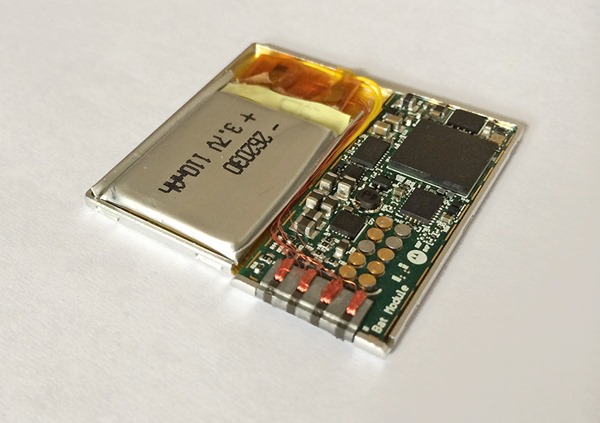

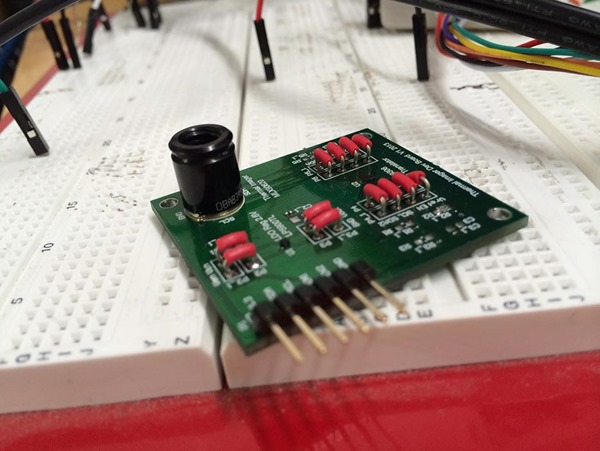
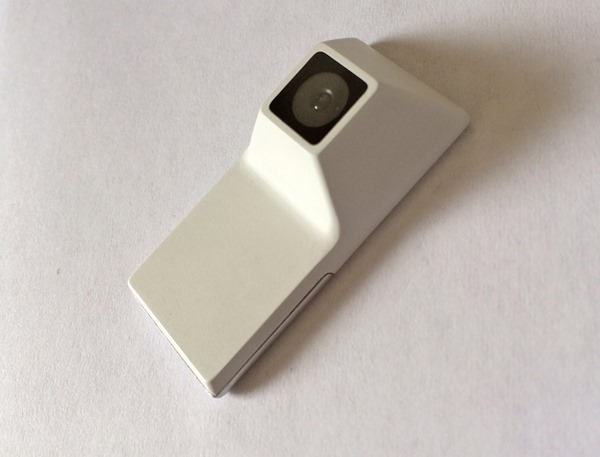
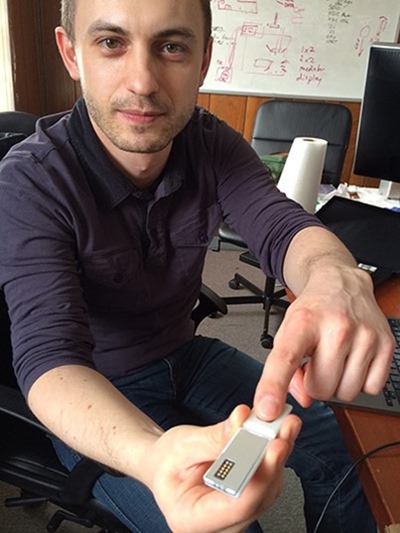
(Source: MITTechnologyReview)
You may also like to check out:
You can follow us on Twitter, add us to your circle on Google+ or like our Facebook page to keep yourself updated on all the latest from Microsoft, Google, Apple and the Web.

